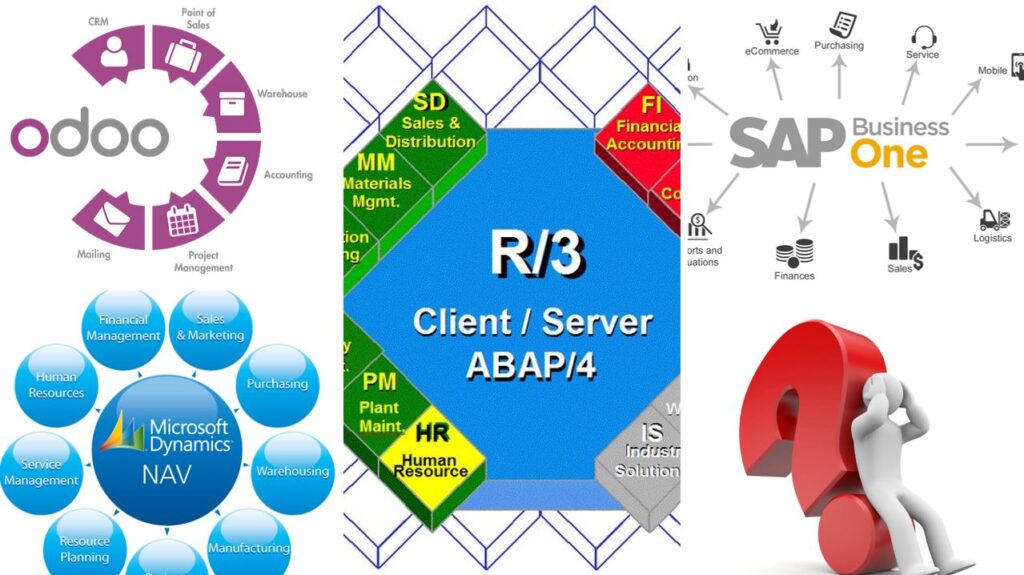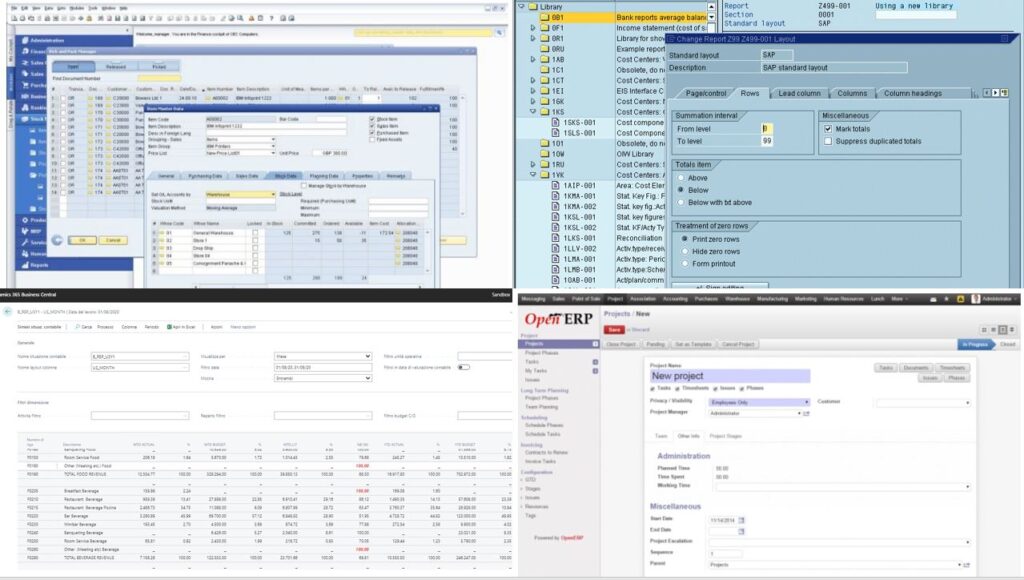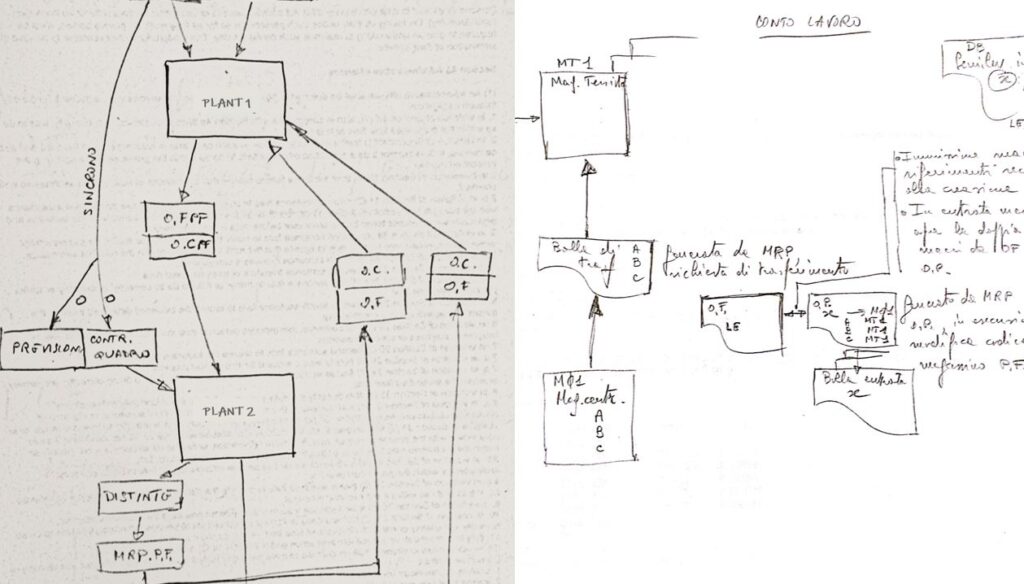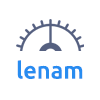Activity: customers advisory for the choice of the ERP best suited to their needs. Analysis As Is – To Be, project management for the implementation.

ERP SELECTION. HOW TO CHOOSE. WHAT TO CHOOSE.
ERP, MRP, MRP II, MPS, CRP, Shop Floor.
Each acronym represents key processes that can no longer be managed with pen and paper for the success of a business.
The choice of an ERP (Enterprise Requirements Planning) is an important investment that must be made with full awareness, both of the system but above all of the results that we want to achieve.
The current landscape offers many systems, all excellent, but each has peculiarities that distinguish it from others.
We have supported our customers starting from the analysis of their actual processes to assess the real state of the art and only later we have considered the choice of the system, based on the real needs.

Accessing to the various applications it is easy to be confused by the similarities of the screens and various functions: but the resemblances are often only apparent.
Just to give an idea:
SAP R3 Vs SAP Business One
Starting from the name, but also from the initial screens it is easy to get confused.
But be careful, these two incredible systems are very different from many different points of view.
- SAP R/3 is native to SAP and aims to large companies, while B1 has been acquired by SAP to target Small and Medium industries (up to 70-100 users max)..
- The architecture of the two systems is completely different: the first, R/3, is a client/base at three levels (gui, business logic, db) while B1 is a typical client/server where all processing is done on the client.
- The detailed management of some processes, such as production or subcontracting, are present on R/3 after several improvements, while on B1 these processes have to be customized or integrated by third party applications.
ODOO Vs Microsoft Dynamics NAV
Both are aimed at SMEs, but here the fundamental choice is between a web based system (ODOO) rather than (NAV ) installed on a local server (unless you choose the Azure Cloud version).
- ODOO consists of a set of specific process-Apps. The various Apps (processes) can be purchased separately, thus losing many integrations but giving a lot of flexibility and scalability, while NAV consists of two versions: a Starter with limited functions and an advanced one, which also includes production and warehouse, absent in the first.
- Based on our experience ODOO is very flexible and is more performing on some processes, such as Distribution. For a complex and articulated management of the production we have found several limitations. However, being an Open Source it doesn’t mean it could not be improved over time.

The ERP systems help us a lot because every process is based on the Industry Best Practices to be used as reference to understand how we are operating.
An analysis of the current situation is therefore essential to understand exactly how we want to proceed before moving on to the implementation of a system.
Having clear ideas is essential to proceed effectively and the involvement of the people is crucial to be aware that what you do in the company is always part of a wider system and that all processes are related: the completion of our work always coincides with the beginning of someone else’s.

